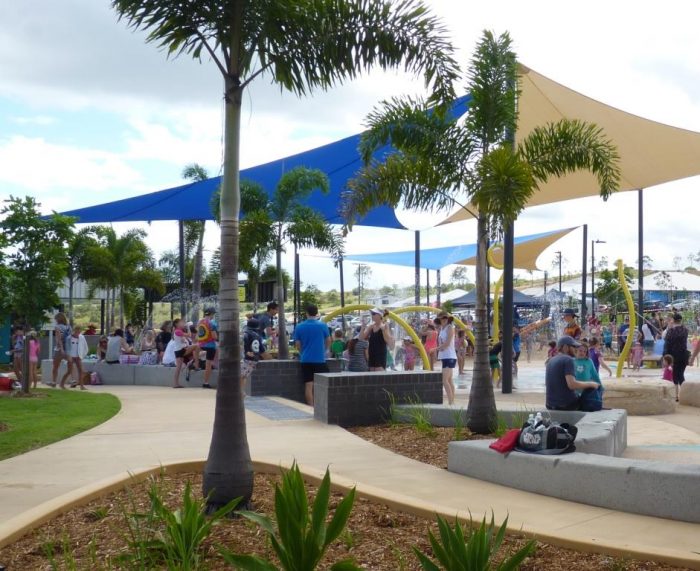
Creating Spaces that People Love
The principles of urban design are critically important to the creation of successful recreational spaces. Addressing the site specific attributes of each space and its interrelationship with adjacent uses, effective recreational space design creates bespoke play environments that tie into the character of each setting.
Our communities are facing growing health challenges – from an increase in sensory processing disorders, to what is now being referred to as an epidemic with regard to the increased levels of obesity. Facilitating this trend is the fact that most children do not engage in daily physical activity – so encouraging people outside, encouraging people to be more physically active is a small but vital step. In the provision of public recreational space, owners have a responsibility to promote inclusion and an offering that invites the entire community, regardless of age or ability, so that no-one is left behind.
While promoting active play, interaction in the recreational environment releases emotions, develops social skills and encourages imagination and cooperation. This ultimately activates overall community health, and while habits will not change overnight – the provision of quality recreational spaces is directly contributable to improving the mental and physical well being of its users.
Great designs respond to the many and varied social, developmental and inter-generational needs of a community – captivating varied user groups, enticing them outdoors to play, communicate, socialise, and ultimately to become happier, healthier communities.
`
.
